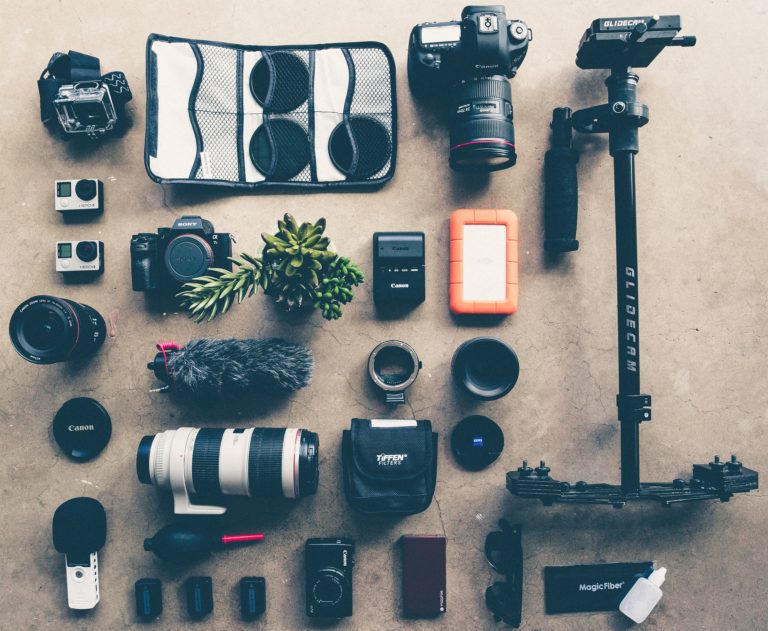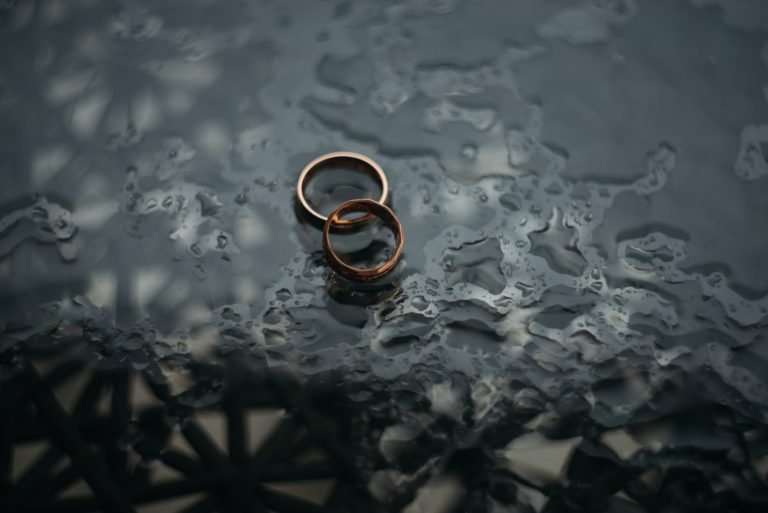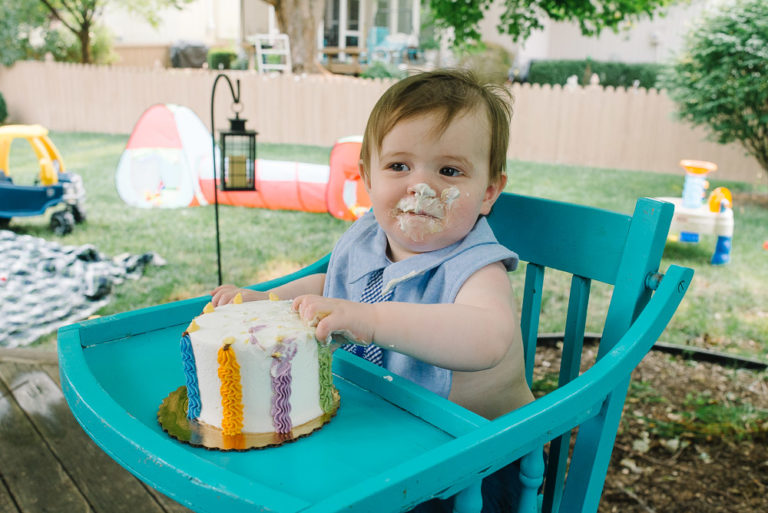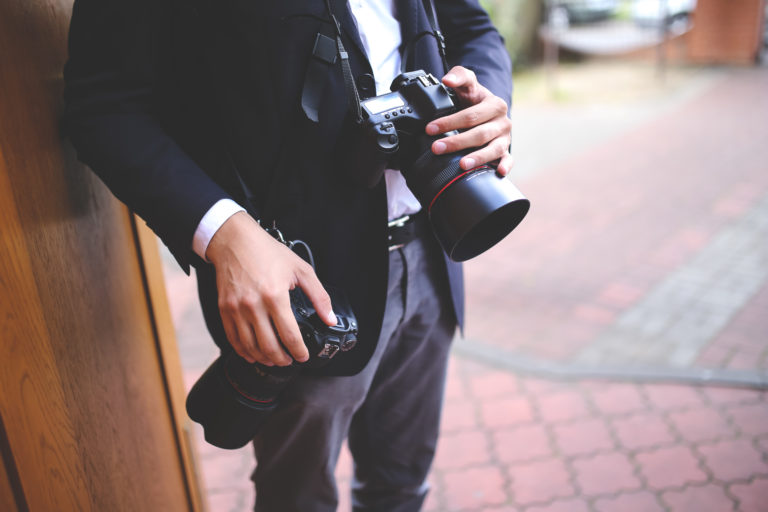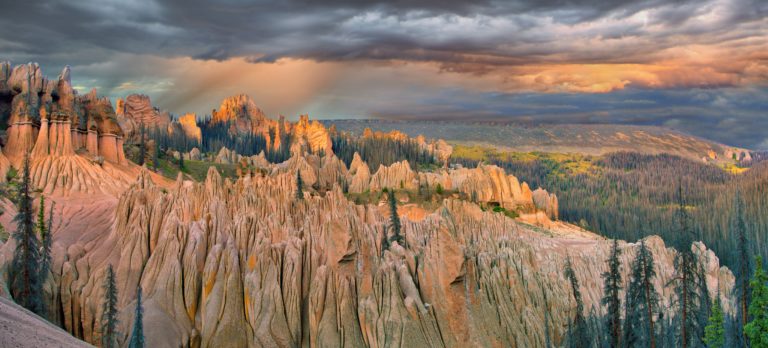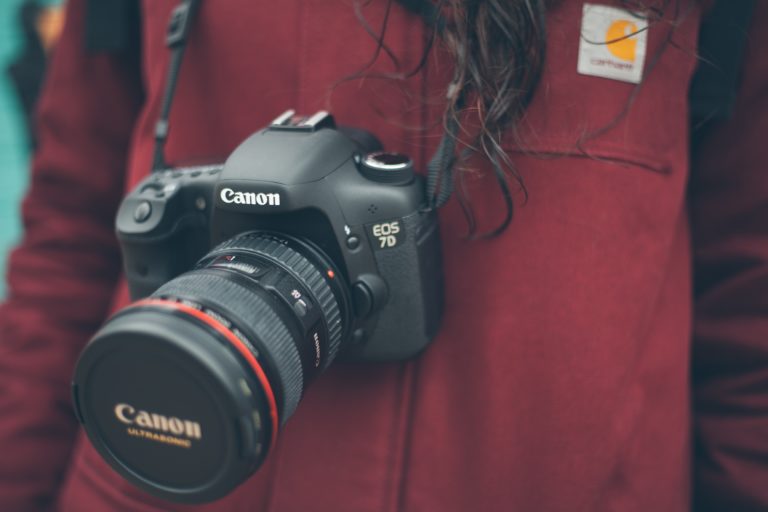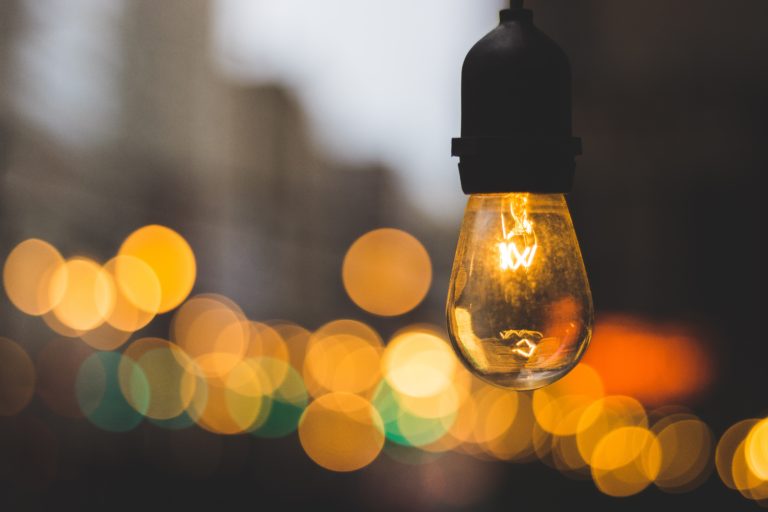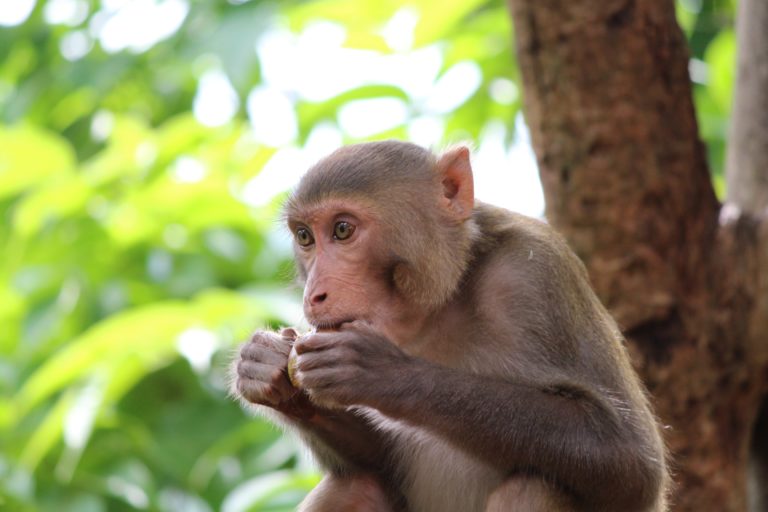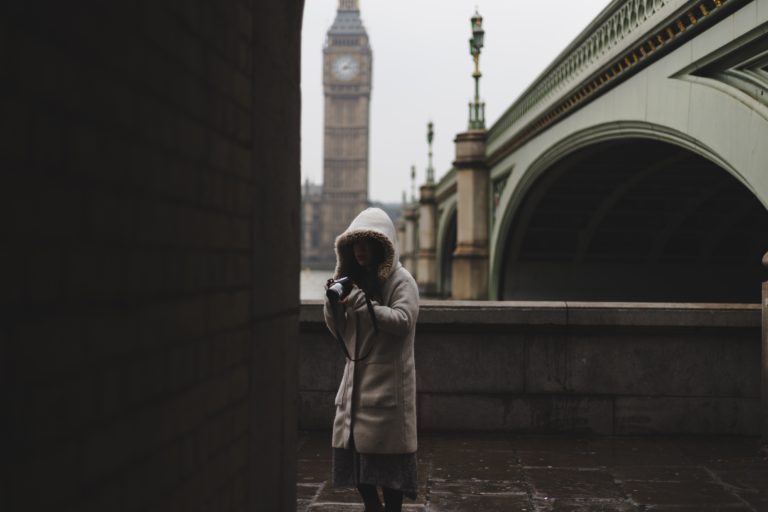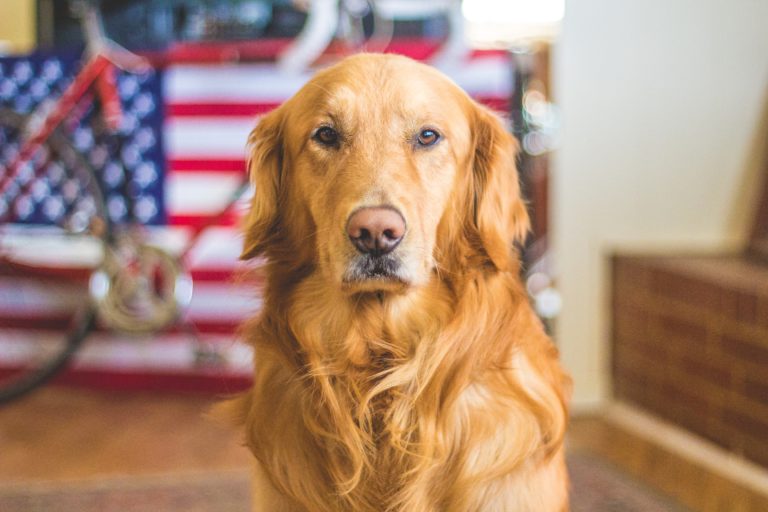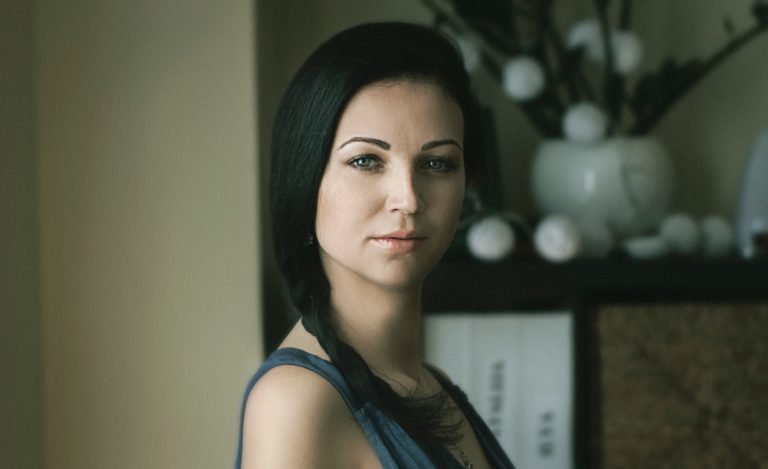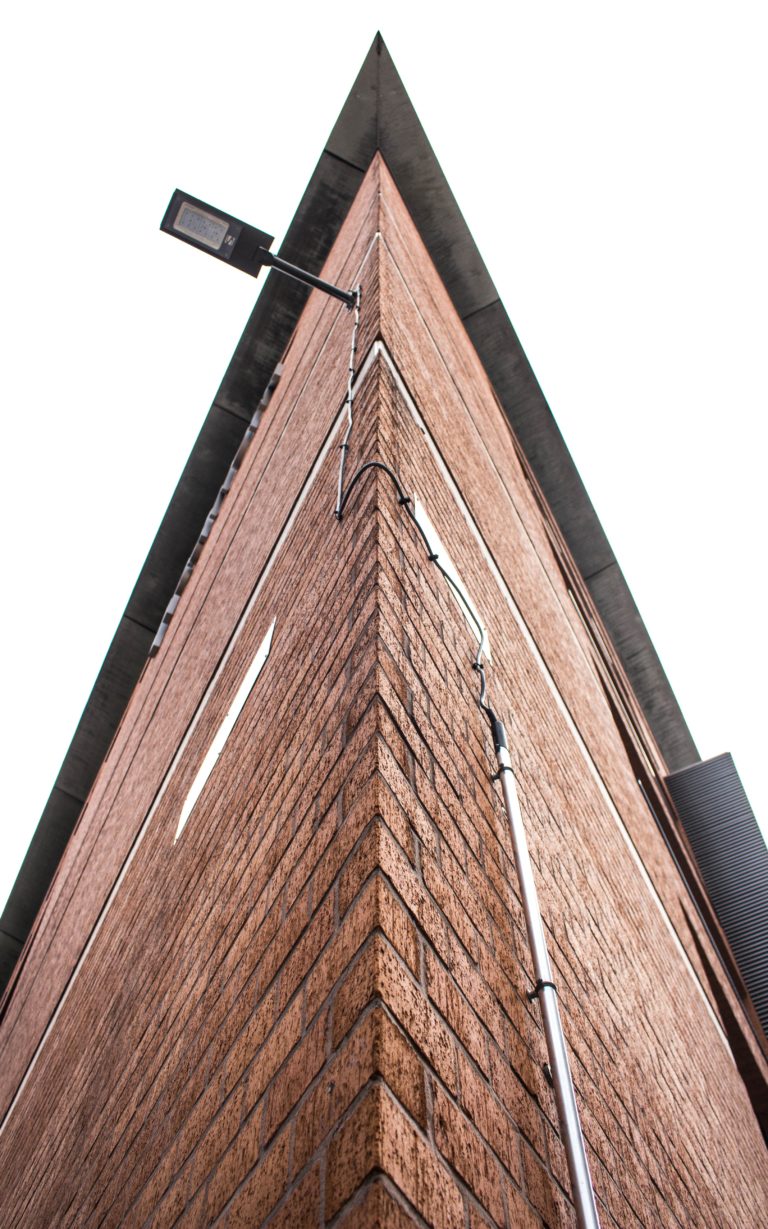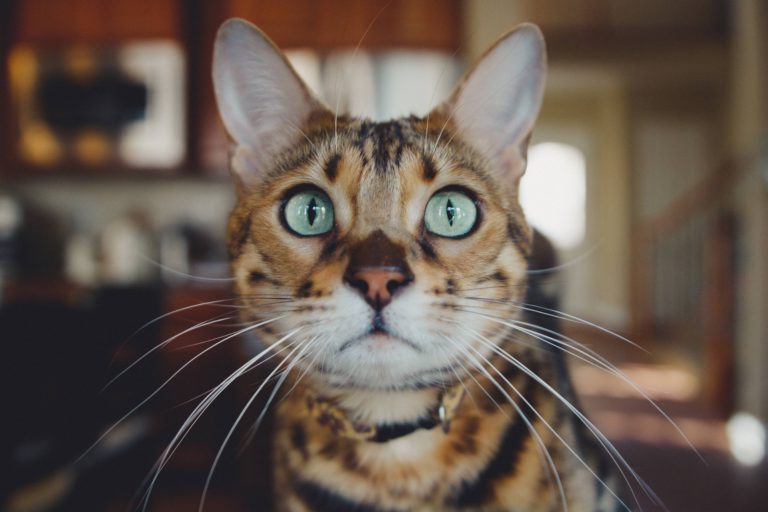Wedding Photography Etiquette: Presenting Yourself Professionally to Your Clients
Being a wedding photographer is a challenging balance of technical skill and interpersonal skills. Finding that balance will be an ever-evolving process and each client will have different needs. The general theme of this post will be to remind you of the little things that can make a big difference in how you’re viewed by…

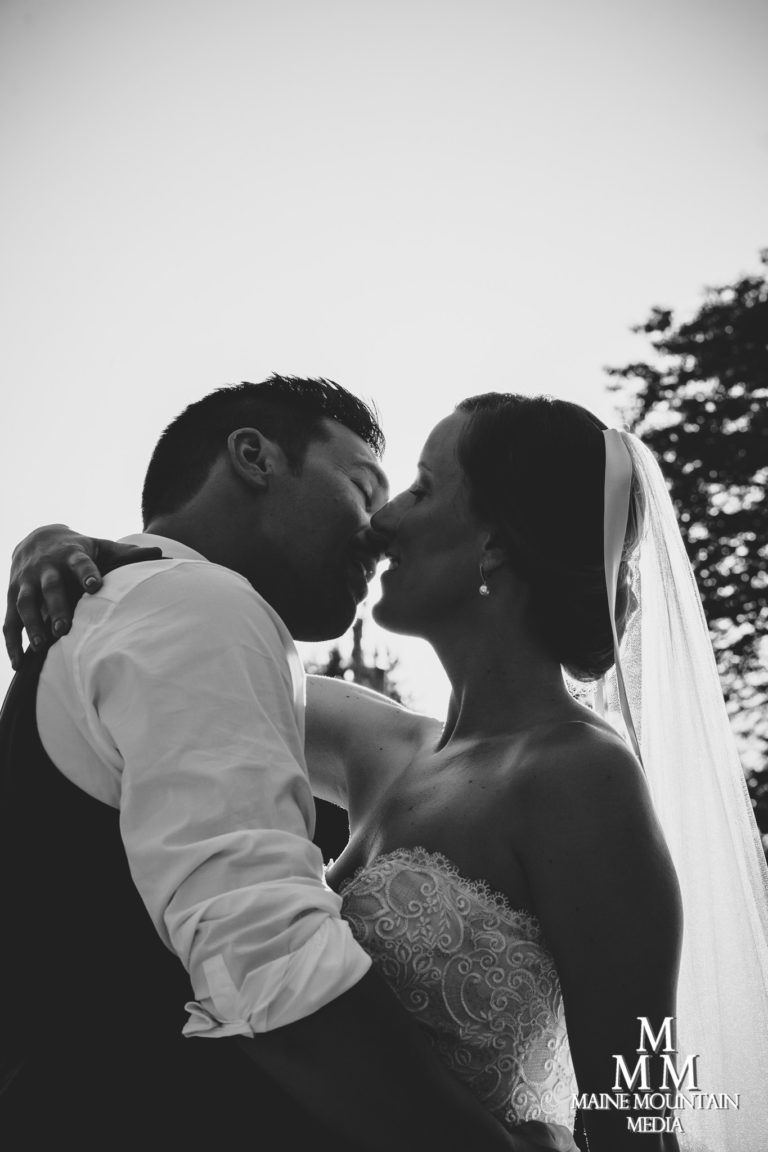
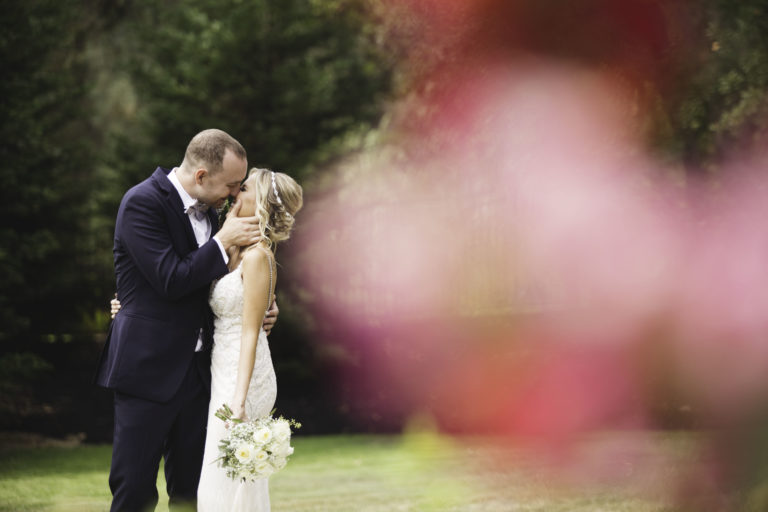
![How to Get Into Wedding Photography [A Guide for Beginners]](https://composeclick.com/wp-content/uploads/2018/01/How-to-Get-Into-Wedding-Photography-768x512.jpg)
![How to Name and Organize Your Digital Photos [So you Can Keep Your Sanity]](https://composeclick.com/wp-content/uploads/2018/01/2018.01.21_HowToOrganizeNameFilesComposeClick_ARP_Selects-1-768x509.jpg)
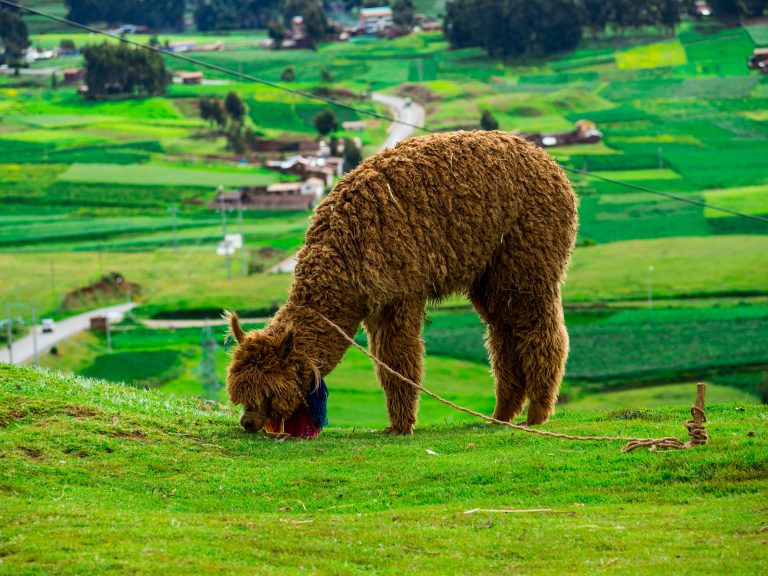
![Simple Ways to Improve your Food Photography [To Create Mouth Watering Images]](https://composeclick.com/wp-content/uploads/2018/01/OatmealChocChipCranberry-by-Amelia-Robertson-768x512.jpeg)
